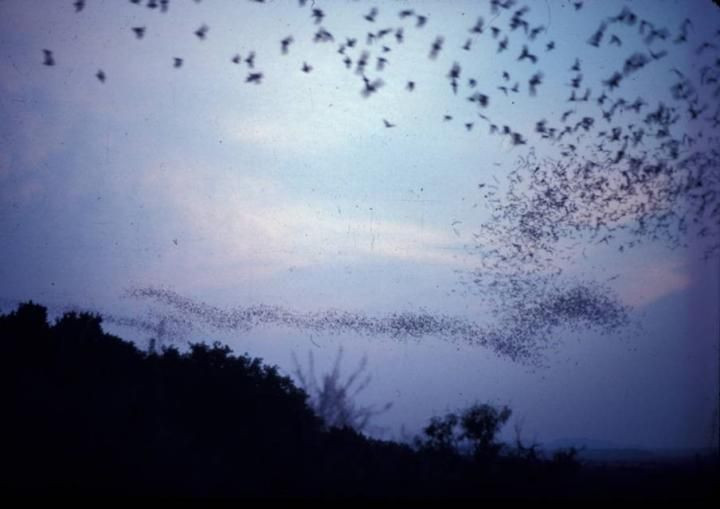Fastest Animals: Brazilian Free-Tailed Bat Takes Top Mammal Spot From Cheetah

Birds, make place. A mammal has sped its way into the list of the fastest animals on Earth. And no, it is not the cheetah. Actually, it’s not a land mammal at all.
The Brazilian free-tailed bat can fly at speeds of over 160 kilometers (100 miles) an hour, faster than most birds. And the discovery has not just dethroned the cheetah, which can run at speeds of up to 75 miles an hour, as the fastest mammal. The tiny nocturnal bat has also left behind birds from the swift family to take the spot for fastest horizontal flight in the entire animal kingdom.
The discovery was made by researchers from the Max Planck Institute for Ornithology (MPIO) in Radolfzell and the University of Konstanz, both in Germany, as well as those from University of Tennessee, Knoxville, Boston University and Brown University. They chose to study the Brazilian free-tailed bat for its long and narrow wings when compared with other bat species.
The study was conducted in southwestern Texas, according to a statement from the University of Tennessee. Researchers “caught seven Brazilian free-tailed bats, each weighing 11 to 12 grams, as they emerged from the entrance of the Frio Cave at night. They then attached 0.5-gram radio transmitters to their backs using surgical glue.” Then, using an airplane, they followed one bat — all seven were female — per night. And they were surprised at the results.
“Initially, we could hardly believe our data, but they were correct: at times, the female bats, which weigh between 11 and 12 grams, flew at speeds of over 160 kilometers per hour — a new record for horizontal flight,” says Kamran Safi from MPIO in a statement, which added that the radio transmitters fell off after two to five days.
Bats, given their wing structure, are generally considered slower flyers than birds and the discovery was all the more surprising given that tailwinds had no impact on the animals’ speeds.
Gary McCracken, professor of ecology and evolutionary biology at University of Tennessee and lead author of the study, said of the bats’ behavior: “When they have a headwind, they fly faster. When they have a tailwind, they slow up. This is exactly what has been demonstrated in other flight machines, from airplanes to birds.”
The study, titled “Airplane tracking documents the fastest flight speeds recorded for bats,” was published Wednesday in journal Royal Society Open Science.
The peregrine falcon is considered the fastest animal on the planet, which though not as fast in horizontal flight, can dive while hunting at speeds of over 200 miles an hour.
© Copyright IBTimes 2024. All rights reserved.





















